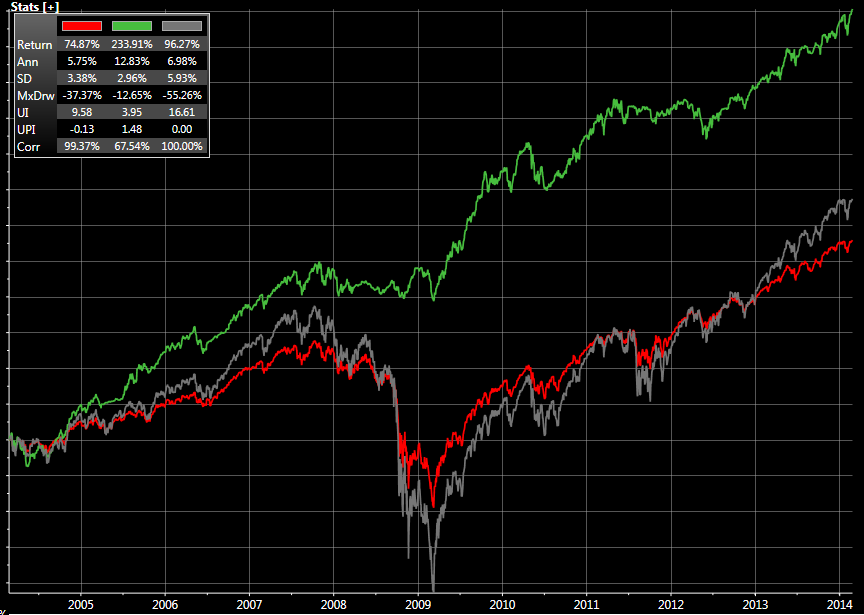
There’s lots of buzz surrounding AI (artificial intelligence). It’s changing the world as we know it and also is showing strong out performance over the past year. Here’s a list of AI related names in the FastTrack database.
The charts below shows the relative strength chart vs SPY of the two most popular ETFs, BOTZ and HACK. BOTZ is showing nice strength vs SPY while HACK is mixed to losing steam. Do AI names have more room to run or have they given us all they’ve got? Love to hear your comments.


Artificial Intelligence
AIEQ – AI Powered Equity ETF
ARKQ – ARK Industrial Innovation ETF
BOTZ – Global Robotics & Artfcl Int’llgnc ETF
HACK – Pure ETF ISE Cyber Security
ROBO – ExTrd Concepts Robo Glbl Robotics&Autmtn
SOCL – Global X Mgnt ETF Social Media
TCHF – iShares ETF Edge MSCI Multifactor Techn
XT – iShares ETF Exponential Technologies
DTEC – ALPS Disruptive Technologies ETF *
ROBT – First Trust Nasdaq Artificial Intelligence and Robotics ETF *
BUZ – BUZZ US Sentiment Leaders ETF *
* Well be added to FastTrack database by end of February 2018







